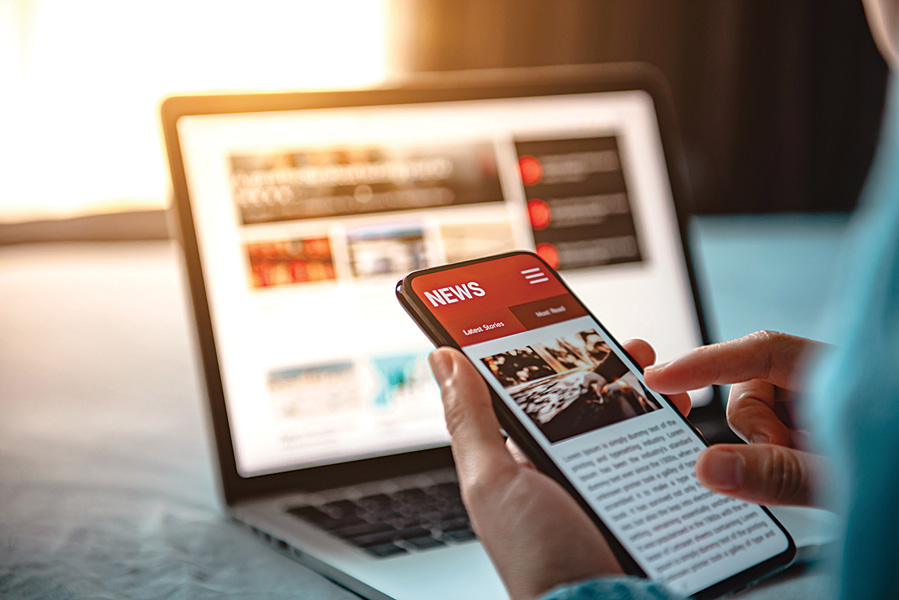Getting The Popular News To Work
Getting The Popular News To Work
Blog Article
The Single Strategy To Use For Popular News
Table of ContentsThe Only Guide for Popular NewsHow Popular News can Save You Time, Stress, and Money.Some Known Incorrect Statements About Popular News Indicators on Popular News You Should Know
Age is also an element in the means individuals check out the role of social media sites. More youthful social media information customers are most likely to state it has actually affected their learning for the far better. Regarding half of social networks information consumers ages 18 to 29 (48%) claim news on social media sites makes them better informed, compared to 37% of those 30 to 49, 28% of those 50 to 64, and 27% of those 65 and older.Journalists weigh information values when determining whether or not to cover an event or announcement. Probably the most essential component of newsworthiness is whether or not the news thing being communicated influences a news electrical outlet's audience.
Distance is necessary. Journalists are interested in points that influence their neighborhoods. Research on a state's brand-new tax code likely will not produce the same passion throughout state borders. Occasionally professionals can assist localize a larger national story that affects even more than simply a city or state. In these instances, it is crucial to be in search of possibilities where subject experts can provide insight or where similar tasks may be taking place locally.
If you are publishing relevant research, loophole in MarComm before the write-up being released so that the pitch can emphasize the newest aspect of the story: the magazine of the research study. Events and news that include top-level figures are more probable to produce media protection. Gos to from nationwide numbers commonly call for months of prep work because of anticipated community passion.
Not known Facts About Popular News
We can assist minimize prospective reputational threat with these stories while additionally enhancing the probabilities of creating insurance coverage. While numerous of the above news values are intertwined, human interest tales commonly stand apart.
Human interest elements can add information worth to various other stories that might appear to be lacking in the other worths. The novelty or strangeness of a situation can aid influence whether or not a news outlet is likely to cover a tale. While this is not an exhaustive checklist, checking to see if your story or event has these high qualities prior to contacting us will help you establish which components hold one of the most information value.

Not known Factual Statements About Popular News
There is also substantial evidence that more customers could start to pay for news in the futureif authors can comprehend them and offer them well. Fifty percent of those who do not spend for information actively choose news and appear like clients in different means. And nearly 2 in 10 of those that don't subscribe to information now indicate they are inclined to start to pay in the future.
We after that ask a set of concerns to identify whether people pay for particular types of news resources (Popular News). We asked individuals to call the resources they make use of most oftenwhether they spend for them or nothow they utilize them, the particular points they take into consideration important concerning them, and some related concerns about the expense and worth of that source
Individuals are drawn to information in basic for two reasons over others: A need to be informed citizens (newspaper clients specifically are highly encouraged by this) and because the magazine they sign up for excels at covering particular topics concerning which those customers particularly care. While there are a host of factors, the No.
Even more than 4 in 10 additionally point out the fact that family and friends sign up for the same product (Popular News). Even more than a third of individuals claim they initially subscribed in reaction to a discount or promotion. In print, individuals additionally are relocated greatly to register for get vouchers that conserve them money, something that has untapped ramifications in digital
Popular News for Dummies
Regarding click over here now half are "news seekers," meaning they proactively look for news rather than mostly running into it in an extra passive way, though the news that nonpayers are looking for (in the meantime, at least) is typically concerning national politics. Like customers, a number of these people additionally obtain information numerous times a day, utilize the information in ways similar to customers, and want comparable subjects, consisting of foreign or international news.

Of those who do pay, 54 percent register for newspapers in print or electronically, which stands for 29 percent Homepage of Americans generally. The majority of them buy a print magazine along with their paper and pay for 2 to 4 information sources in overall, some much more. And while 53 percent are veteran customers (5+ years), greater than a quarter (27 percent) have purchased their paper registration within the past year.
Few print customers think it most likely they will certainly switch over to a digital-only registration in the future, and over half of those who choose electronic have actually never ever spent for a print version of the very same resource. Totally 75 percent of paper payers claim they mostly checked out the paper in print, while 21 percent are primarily digital individuals, and 4 percent explain themselves as equally split.
Report this page